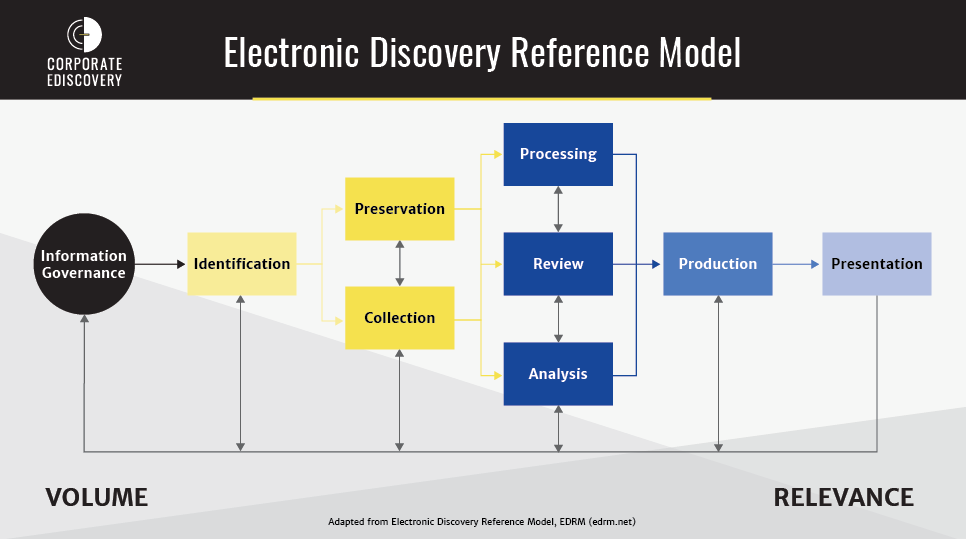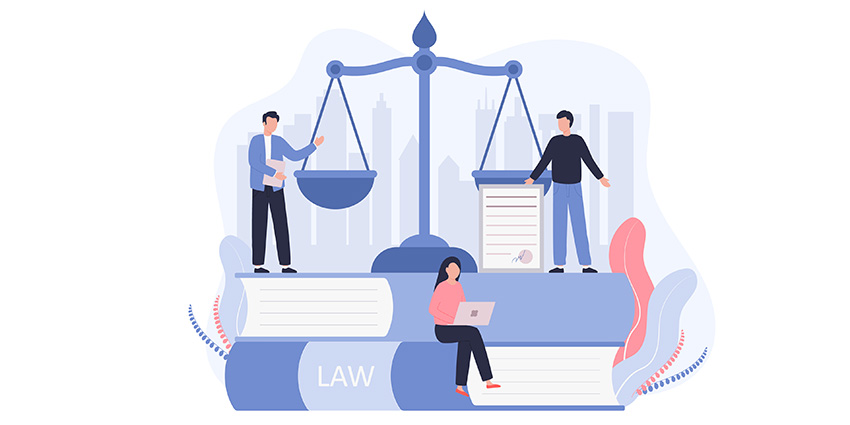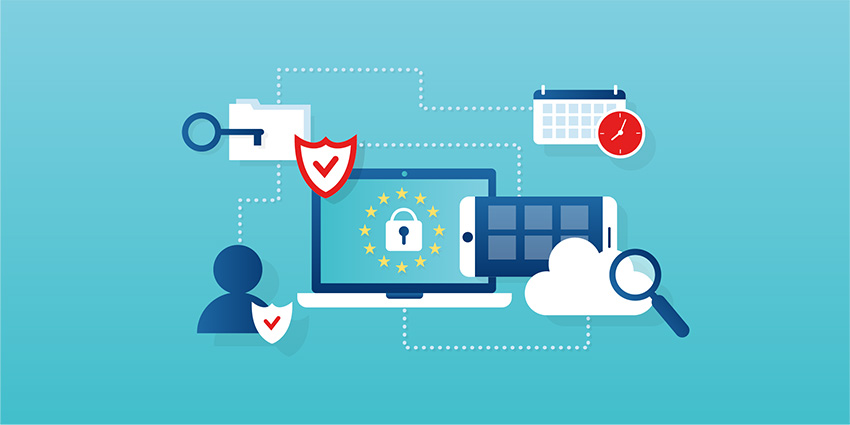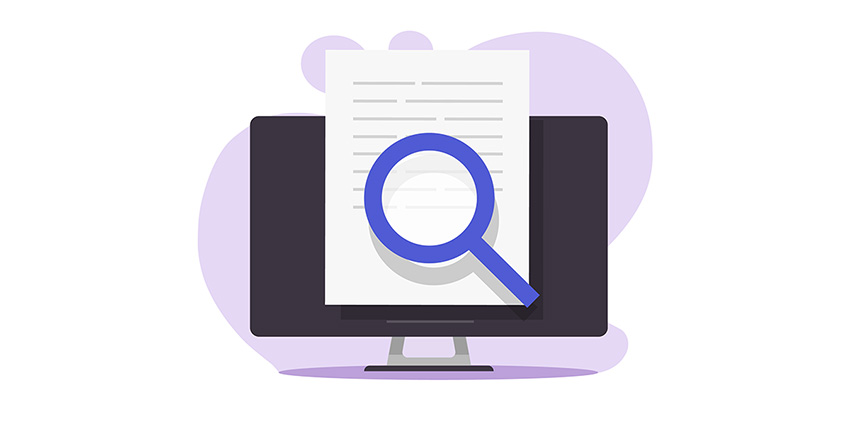Whether they work for an in-house corporate legal team or outside counsel, all legal professionals need the ability to obtain relevant information to any potential legal matter. In years past, this process used to entail searching through mountains of physical documents for the right pieces of information. Today, in our digital world, legal professionals must now sort through terabytes worth of data and files, a process that is time-consuming and costly.
This process is known as electronic discovery, also referred to as ediscovery. It is the electronic aspect of identifying, collecting and producing electronically stored information (ESI) in response to a request for production in a matter, lawsuit or investigation. ESI includes, but is not limited to emails, documents, presentations, databases, voicemail, audio and video files, social media, and websites.
The practice of ediscovery is an ever-evolving one, full of complexities and technical challenges. Unlike physical evidence, electronic documents are more dynamic and often contain metadata such as time-date stamps, author and recipient information, and file properties. Preserving all of this original content and metadata from ESI is required in order to prove defensibility, eliminate claims of spoliation or disprove tampering with evidence in litigation.
How Ediscovery and Ediscovery Software Came to Be

Discovery has always been vital to the legal process because it introduces critical and incontrovertible evidence for litigation. Over time, as our world has become more and more digital, the means by which this evidence is obtained has shifted from paper-based documents to computer-generated digital content.
As ediscovery grew, the Federal Rules of Civil Procedure (FRCP) were established in 2006 to lay the ground rules for ediscovery. Under the FRCP, businesses are required to house and control data in a way that can be easily retrieved for any potential legal matters. Most businesses satisfy this requirement by implementing strict data retention policies on all their companies data. Failure to comply with the FRCP could result in severe penalties, and in some cases even criminal charges.
Understand the EDRM and the Stages of Ediscovery
As ediscovery has evolved, the process of managing ediscovery has been broken out into stages. The EDiscovery Reference Model or EDRM refers to both a framework for conceptualizing the ediscovery process and the community that maintains that model. The EDRM framework diagrams the approximate processes involved in ediscovery and suggests an order in which they can be performed.
The EDRM includes nine stages:
- Information governance, the management of information from its creation through its destruction. While not strictly a part of ediscovery, information governance creates the foundation for how data is managed prior to the onset of any litigation. The EDRM community has created a separate flowchart for information governance.
- Identification of potentially relevant electronically stored information (ESI) once litigation is anticipated.
- Preservation of that ESI, ensuring that it is kept intact and not spoliated so that it is available for later stages of the ediscovery process.
- Collection of ESI, wherein preserved information is consolidated into an accessible and protected repository. Today’s cloud-based preservation software solutions often combine this step with preservation by preserving data in place.
- Data Processing, the stage in which repetitive or duplicative information is culled down and, if necessary, converted into a usable form.
- Review of information for both relevance and privilege. Review is often outsourced to law firms or specialized vendors. It represents the most costly and time-consuming stage of ediscovery.
- Analysis of ESI, where data is sorted according to the topics it concerns, enabling the discernment of patterns and overall context.
- Production, the process of providing data to an opponent in a requested form and according to an agreed delivery schedule and method. By the time data is produced, it should have been culled so that it is not cumulative or duplicative, reviewed thoroughly for privilege and relevance, and organized.
- Presentation of information in court to persuade the fact-finder of the proponent’s position or argument. This may entail creating videos, tutorials, or displays of important information and putting that information in a context that makes sense and that is understandable to a layperson.

People often refer specifically to the distinct “sides” of the EDRM. The left side involves processes such as information governance and preservation; these are less concerned with individual bytes of data and more focused on how broad categories of data are handled or managed. The right side is data-centric, as the information that makes it through the stages of ediscovery to the right side should be increasingly relevant to the issues in dispute.
What is Ediscovery Software and How To Choose the Right One
As ediscovery has evolved and become segmented into different processes and stages, solutions have cropped up to help legal professionals manage ediscovery. Ediscovery software allows legal professionals to process, review, tag, and produce electronic documents for any existing or potential litigation or investigations.
Choosing the right ediscovery software is often a big investment of both time and money, so it’s best to have a good idea from the start what would work best for your team.
A good place to start is by auditing your current ediscovery process. Where is your company spending the most time? Legal spend? What areas are potentially at risk for data security or privacy? (To understand your company’s security policies, connect with your IT and legal operations departments to make sure all parties are aware of what’s required of them.)
Key areas to cover off on are: identifying all use cases for ediscovery, identifying the goals you have for all stages of the matter lifecycle, mapping out a preservation workflow for each use case, and lastly, finding opportunities to process data and conduct document review in-house to reduce third-party service fees.
Before you move forward with any software, make sure you’re aware of the upfront and ongoing costs. It’s important that this matches up with what you’re expecting as far as a return on investment. Streamlining your ediscovery processes or replacing a costly older system with Zapproved’s ediscovery software will drive immense savings – both in time and spend.
The Benefits of Ediscovery Software

It’s tough to ask for more budget even in the best of times, and it’s only gotten more challenging amid today’s uncertainty. Corporate legal teams are having to do more with less and often feel they can’t possibly bring any more work in-house. But investing in in-house ediscovery is almost always worth it. You save money and time while improving data security, team efficiency, and faster outcomes.
When fighting for budget or preparing a cost justification, a return-on-investment (ROI) analysis is invaluable in equipping you with the information and data you need to justify investing in better ediscovery tools. Zapproved offers an ROI analysis, created and validated by an independent third party, that illustrates the financial benefits of the ZDiscovery platform. Learn More about how to get your free report.
How to Manage Ediscovery Like a Pro
The majority of ediscovery tools are too complex for most in-house teams and require a high internal investment in both staff and technology because they aren’t designed for the unique needs of corporate legal departments. Therefore, organizations are stuck cobbling together manual processes or paying big bills to outside counsel to handle it for them, forcing them to make the impossible choice between risk management and cost reduction.
By taking the complexity out of ediscovery, Zapproved’s software seeks to empower in-house teams to conquer their legal holds and preservation process, gain more insight into their data, and confidently start reviewing routine matters in-house. And for highly complex cases, ZDiscovery enables you to quickly and easily reduce your data volumes, so that you can continue to leverage outside counsel while keeping processing and hosting fees under control.
Ready to take control of Ediscovery? Learn more about ZDiscovery
Get a DemoGlossary definition
Ediscovery is the electronic aspect of identifying, collecting and producing electronically stored information (ESI) in response to a request for production in a matter, lawsuit or investigation. ESI includes, but is not limited to emails, documents, presentations, databases, voicemail, audio and video files, social media, and websites.




